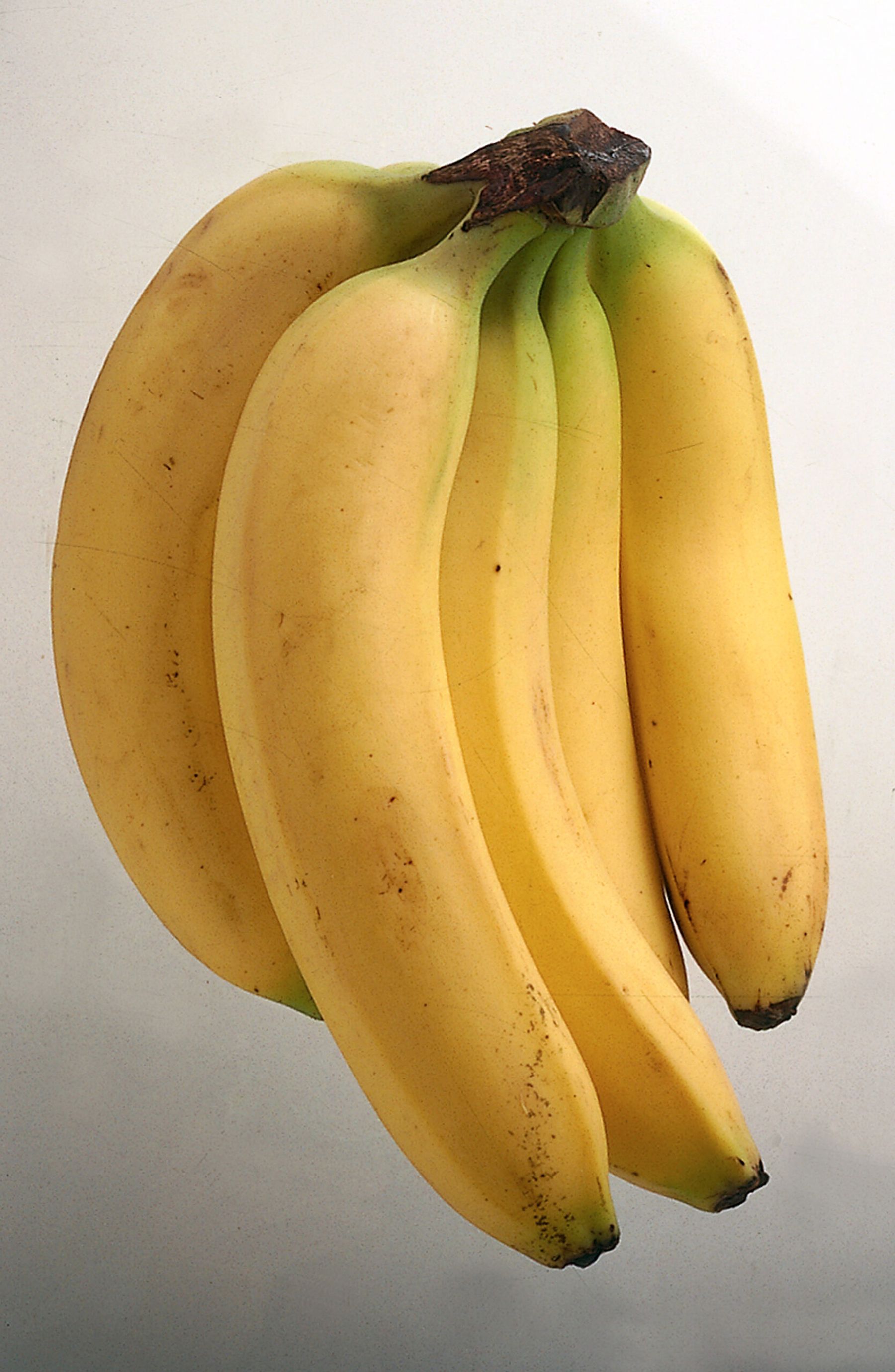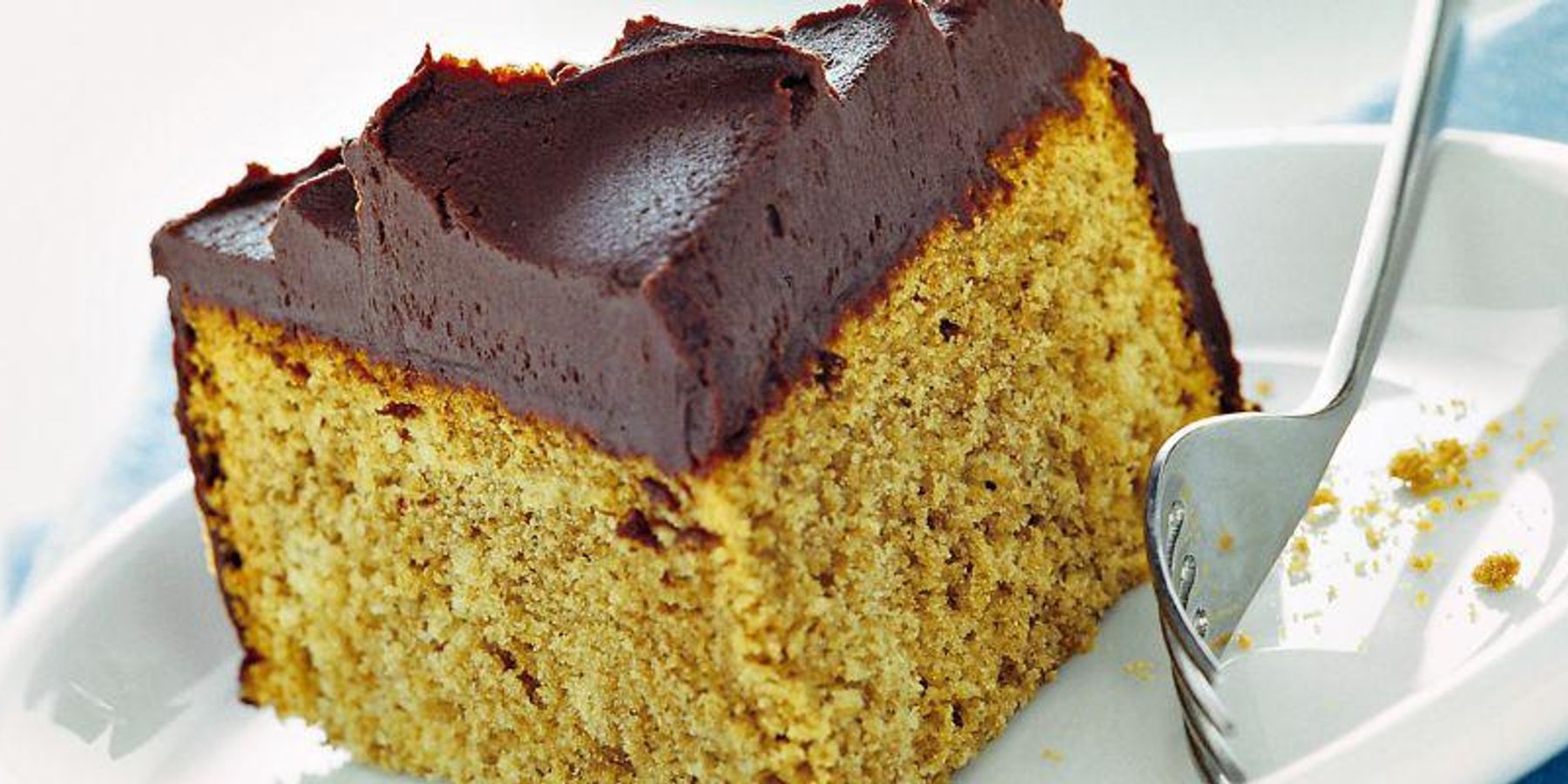
Fruit of a plant belonging to the Musaceae family. The banana develops in groups, called "hands" which, overlapping each other, form the "helmet", the characteristic of which is to develop upside down, ie with the tips of the fruit facing upwards.
The banana, native to tropical Asia, subsequently spread to Africa and Central and South America. The fruits that arrive in our country, Italy, (generally they come from America or the Canaries) are harvested still unripe and ripened in special environments or on the ships themselves. This is because when they are mature they tend to age quickly and could not endure a long journey. When purchasing, make sure that the petiole and peel are intact and that the latter is free from dark spots (index of past fruit).
Banana has good nutritional value and high sugar content: it provides 85 calories per 4 ounces of pulp. This fruit must be eaten ripe, otherwise, its pulp is sour and not very digestible. Since, due to the effect of the air, it tends to oxidize and therefore to become dark, it is good to eat the banana quickly once peeled; or it is advisable to sprinkle the pulp with lemon juice. It is excellent on its own, in fruit salads and desserts (both cakes and spoon desserts). However, it is also pleasant in various savory preparations, combined with fish, shrimp, pork, liver. It should not be kept in the fridge and, even less, in the freezer.






